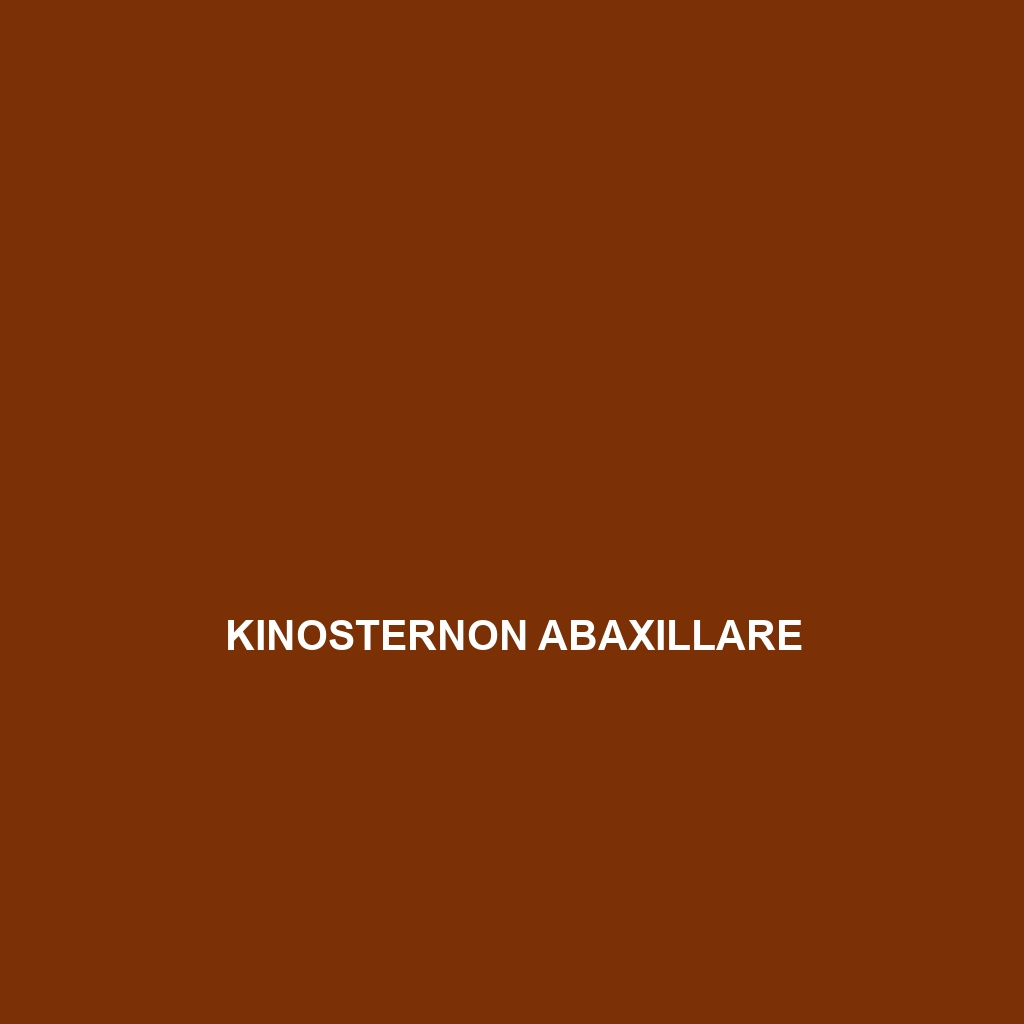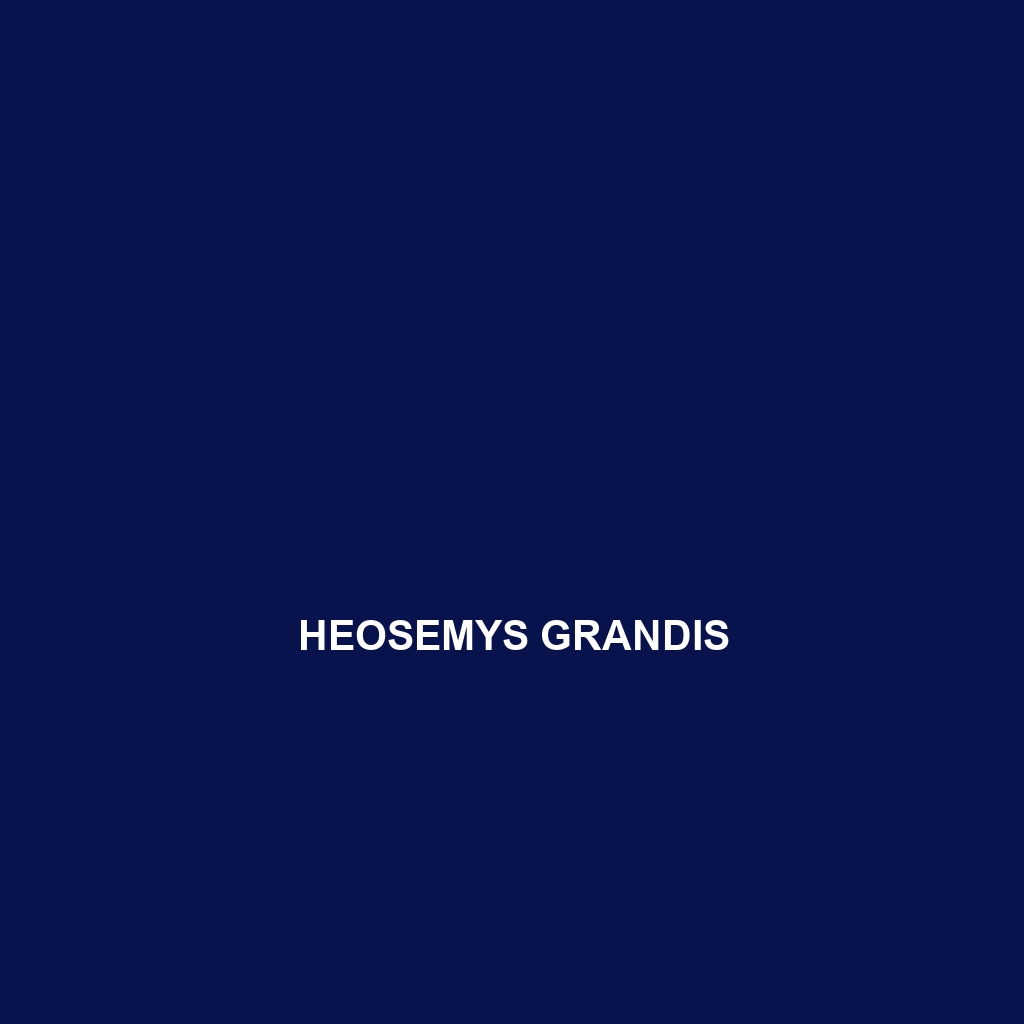Discover the unique Zambezi hinged tortoise (Kinixys zombensis), known for its distinctive hinged shell and vibrant patterns. This herbivorous tortoise thrives in Africa's humid, subtropical habitats, playing a crucial role in seed dispersal and ecosystem health.
Tag: tortoise diet
Kinixys spekii
Discover the Speke's Hinged Tortoise (Kinixys spekii), a unique herbivorous species from eastern and southern Africa, characterized by its distinctive hinged shell, nocturnal behavior, and selective grazing habits that support its lush rainforest and savanna habitats. This vulnerable tortoise plays a crucial role in its ecosystem by aiding in seed dispersal and maintaining plant health.
Kinixys nogueyi
Discover the unique Noguey’s hinge-back tortoise (Kinixys nogueyi), a fascinating species from West and Central Africa known for its distinctive hinged shell and omnivorous diet. This vulnerable tortoise thrives in humid forest and wetland habitats, playing a crucial role in seed dispersal and ecosystem balance.
Kinixys natalensis
<b>Kinixys natalensis</b>, or the Natal hinged tortoise, is a unique species native to tropical and subtropical Africa, known for its ability to fully retract its highly domed shell and unique hinge mechanism. These herbivorous tortoises play a vital role in their ecosystem by aiding in seed dispersal and promoting biodiversity, while also showcasing a remarkable lifespan of over 50 years.
Kinixys homeana
<p><b>Kinixys homeana</b>, or the Home's hinged tortoise, is a unique herbivorous species native to the humid rainforests and savannas of Central and West Africa. Notable for its distinctive hinged plastron, which allows it to close its shell completely for protection, this tortoise has a lifespan exceeding 50 years in captivity and plays a crucial role in maintaining ecosystem balance through seed dispersal.</p>
Kinixys belliana
Discover the <b>Kinixys belliana</b>, or Bell's hinged tortoise, a vulnerable species native to the rainforests and savannas of West and Central Africa, known for its unique ability to completely close its shell for protection. This medium-sized tortoise plays a vital ecological role as an herbivore that aids in maintaining plant populations and promotes biodiversity through seed dispersal.
Indotestudo elongata
Discover the Indotestudo elongata, or elongated tortoise, a fascinating herbivorous species native to the tropical regions of Southeast Asia, recognized for its distinctive elongated shell and strong limbs. This vulnerable tortoise plays a vital role in its ecosystem by controlling plant populations and aiding in seed dispersal, thriving in moist, shaded environments of rainforests and savannas.
Homopus areolatus
<p><b>Homopus areolatus</b>, or the Cape Tortoise, is a medium-sized tortoise native to the arid regions of southwestern Africa, characterized by its unique flattened shell adorned with a net-like pattern. This herbivorous species thrives in savannas and dry shrublands, exhibiting fascinating behaviors including selective foraging and a remarkable ability to survive droughts through dormancy.</p>
Homopus femoralis
<p>The <b>Homopus femoralis</b>, or Leopard Tortoise, is a resilient herbivore native to the arid regions of Southern Africa, recognized for its striking yellow and black patterned shell and remarkable ability to survive in harsh climates. This species plays a vital role in its ecosystem by promoting vegetation growth and seed dispersal, thriving in diverse habitats such as savannas and grasslands.</p>
Heosemys grandis
<b>Heosemys grandis</b>, also known as the Asian forest tortoise, is a vulnerable species thriving in the humid tropical rainforests of Southeast Asia, recognized for its distinct domed shell and herbivorous diet. These tortoises play a crucial role in their ecosystem by promoting plant growth and seed dispersal while exhibiting fascinating behaviors during their diurnal activities.








